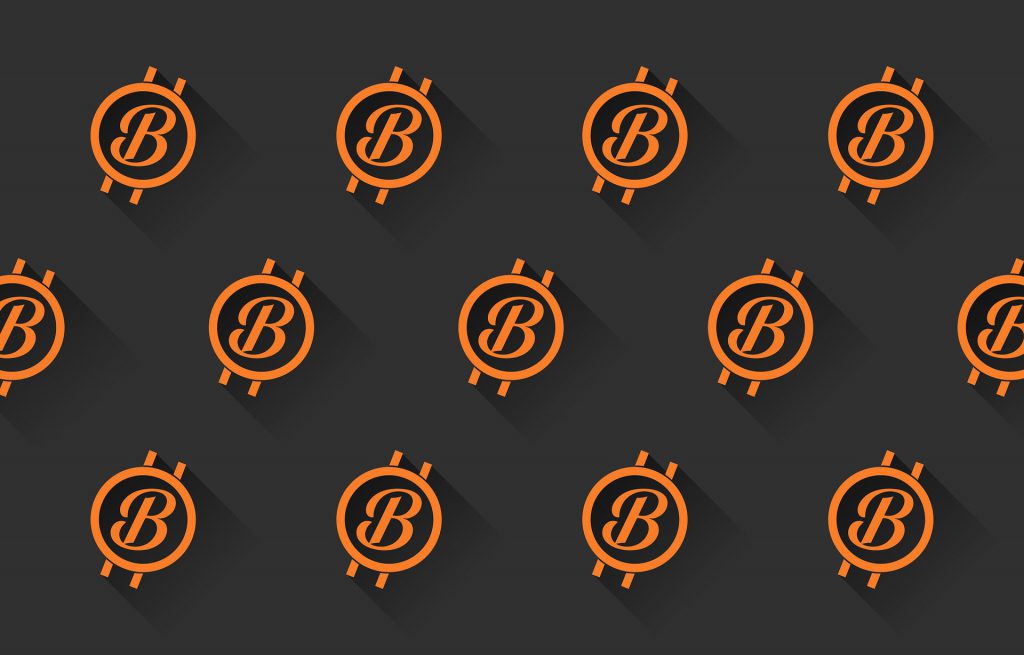Satoshi Nakamoto: The Father of Bitcoin
In October 2021, Bitcoin (BTC), which runs in a peer-to-peer system, turned 13. The system runs using an algorithm created by an anonymous person or entity called Satoshi Nakamoto. As we now know it as Nakamoto Consensus, Nakamoto’s creation is the epicenter in the smooth operation of the whitepaper Bitcoin.
What Is the Nakamoto Consensus?
Nakamoto Consensus is a set of instructions developed in computer science to enable different computers that use Bitcoin to meet and transact digitally without causing many interruptions.
The algorithm defines nodes that are different computers connected to BTC. Nakamoto applies a unique system to verify the Blockchain of events. The system determines a Proof-of-work (POW) on a BFT peer-to-peer connection.
Nakamoto Consensus system made by strengthening small entities of digital currency to create a stable whole. Let us get into the small entities.
The Peer-To-Peer Model


Satoshi’s invention allows different entities to join by creating very few barriers of connectivity. Since Bitcoin deals with transactions of currency, no one should be locked out. Therefore the algorithm implies a simple procedure of logging in to join the BTC community.
A Peer-to-peer system enables mining. That is, BTC is open to all. However, it cannot entirely evade the Consensus of power. Although, the system has minimized the effect of undesirable control of power in the industry.
The last aspect of decentralizing in Bitcoin is a software update. Bitcoin trusts the algorithm developers. Ultimately, the software developers hold the most significant power that BTC users accept.
The solution to Byzantine General Problems


BTC (Byzantine Fault Tolerance) ensures that processes continue even if some concepts surrounding the Bitcoin system fail.
Byzantine Fault Tolerance is the solution to the Byzantine Problem that affects decentralized computer systems like Cryptocurrency. BTC has, however, resolved the problem by applying PoW.
Imagine a scenario where nodes collide indecision making whether, maliciously or by accident. It would be difficult to solve the issues because of the decentralization. Furthermore, you couldn’t even find the node(s) route, causing the error.
Therefore proof of work solves this issue.
Aspects of Proof of Work
This P2P rule states that one must work to receive an incentive. That is, nodes must competitively mine for blocks. The fastest nodes receive the block rewards, which creates a new Bitcoin. The most immediate nodes also get the incentive of remaining in the network platform.
The malicious nodes won’t have enough motivation to keep performing this rigorous exercise and are knocked out.
How Nodes Interact for Smooth Activity
Satoshi’s idea randomly picks a node at the beginning of every cycle. The node then proposes the chain to follow. Other nodes reply to this in two ways;
First, the nodes can extend it, and this shows they have accepted the chain. Finally, the nodes can ignore the chain and develop an earlier chain, otherwise known as rejecting.
This Consensus broadcasts any new chain to all nodes, therefore, participating in the process. A process chain must have a valid signature and should be unspent so that the chain is accepted. Latter chain proposal includes their accepted chains as a hash.
This motivates miners to participate in BTC due to its scarcity continuously. The algorithm puts a hard cap on the amount of Bitcoin where there can only ever be a total of 21 million of the Cryptocurrency in circulation.
Nakamoto Consensus Greatest Byzantine Problem Solution
Nakamoto Consensus is by far the greatest byzantine problem solution that is not only applicable to computer science but all other economic institutions. The algorithm running Bitcoin is the reason why it is a very popular and successful Cryptocurrency. Nakamoto’s algorithm has obtained trust towards updating the decentralized system. So, welcome to the Nakamoto Consensus that runs Bitcoin in the background.





